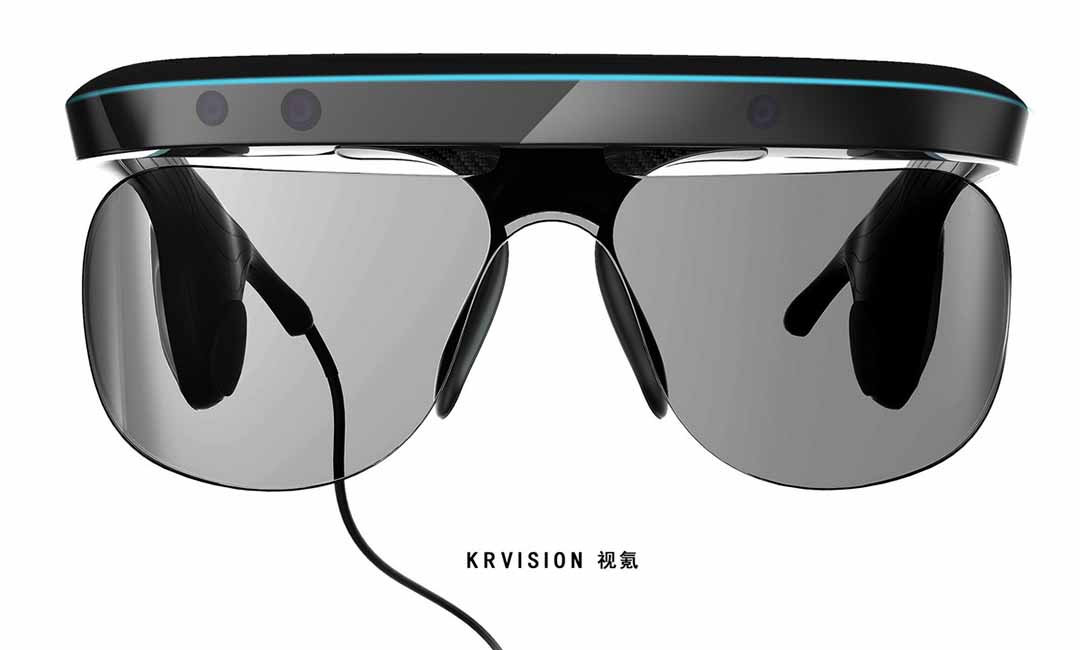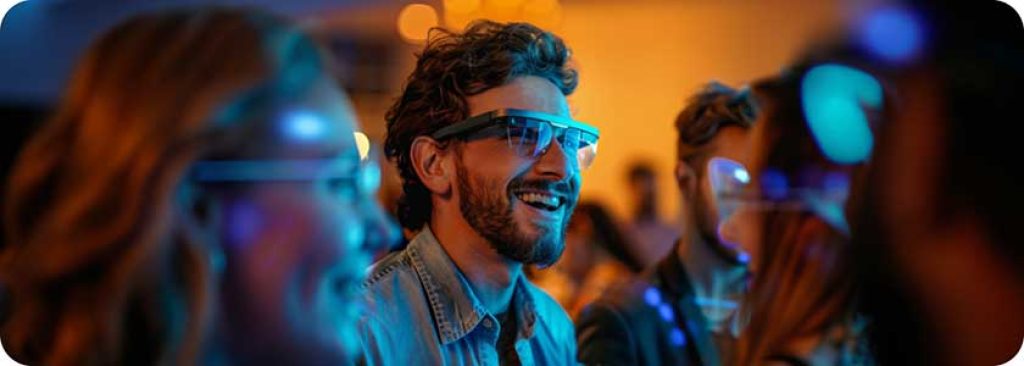Enhancing Access Via Assistive Technology for the Blind
The integration of assistive modern technology for the blind represents a critical advancement in availability, basically altering exactly how individuals browse their settings and engage with culture. From display viewers to innovative clever walking canes, these tools not just improve self-reliance however likewise promote inclusivity in various spheres of life. As we discover the diverse types of assistive gadgets and their tangible influence on everyday living, it ends up being vital to examine just how recurring technological innovations are reshaping the landscape of assistance for the blind neighborhood. What effects do these developments hold for the future of ease of access?
Summary of Assistive Innovation
Assistive technology describes an array of tools and software program designed to improve the capacities of individuals with impairments, including those who are aesthetically damaged or blind. This modern technology plays a vital role in promoting independence and improving the lifestyle for customers. By giving alternative techniques for accessing info and performing day-to-day jobs, assistive innovation empowers people to browse their settings much more properly.
The advancement and execution of assistive technology accept a variety of concepts targeted at promoting access. These concepts consist of user-centered style, which prioritizes the needs and preferences of the person, and the combination of technology into day-to-day tasks. Such innovations make certain that assistive tools are not only practical however very easy and also instinctive to make use of.
Additionally, assistive modern technology includes a varied range of options, from low-tech choices like magnifiers to high-tech technologies such as display visitors and Braille screens. The continuous development of this area is driven by the need to address the unique challenges dealt with by individuals with aesthetic problems (Wearable technology for low vision). As innovation remains to advance, the potential for improving accessibility and promoting inclusivity continues to be encouraging, inevitably adding to an extra fair society

Sorts Of Assistive Devices
Many kinds of assistive gadgets are available to support individuals who are blind or visually impaired, each developed to deal with particular needs and obstacles. These devices can be extensively categorized into 3 main kinds: low-tech, mid-tech, and state-of-the-art options.
Low-tech devices consist of products such as magnifiers, Braille labels, and responsive maps. These are relatively straightforward devices that enhance the customer's capacity to connect with their setting without calling for complicated modern technology.
Mid-tech gadgets frequently include advanced features, such as digital magnifiers and mobile Braille note-takers. These tools can provide performances like speech outcome, allowing users to accessibility details more efficiently.

Effect On Daily Living
The accessibility of numerous assistive devices significantly improves the lifestyle for individuals that are blind or aesthetically damaged, affecting their daily living in profound ways. By integrating technologies such as screen visitors, Braille displays, and audio description solutions right into their routines, individuals obtain higher autonomy and freedom. These devices facilitate access to information, making it possible for individuals to carry out daily jobs, such as reading emails, navigating public areas, and taking pleasure in media content.
Moreover, assistive tools encourage people to engage more totally in social interactions and area tasks. The capability to use smart devices equipped with access attributes permits seamless interaction and link with others. This connectivity fosters a feeling of belonging and reduces feelings of isolation.
In expert setups, assistive modern technology supports performance by permitting individuals to full job tasks effectively. Tools like voice recognition software program and specialized magnifying tools make it possible for customers to get look what i found involved in the workforce on equivalent ground with their sighted peers.

Developments in Innovation
Recent technological developments have dramatically transformed the landscape of tools available for individuals who are visually impaired or blind. The combination of expert system (AI) and artificial intelligence has actually triggered applications that improve navigation and things acknowledgment. Smart device apps can currently use AI to determine and describe surroundings in real-time, giving customers with useful contextual information.
Furthermore, innovations in haptic innovation have brought about the development of wise walking sticks furnished with sensors that discover challenges and offer responsive comments. This equips customers to navigate their atmosphere with increased confidence and self-reliance. Advancements in text-to-speech software program and braille screens have enhanced the access of digital content, permitting for smooth interaction with various media.
Wearable modern technologies, such as wise glasses, are also making strides in aiding visual disability. As innovation proceeds to develop, the potential for also more transformative devices remains on the perspective.
Future Trends and Innovations
As modern technology quickly proceeds, the future of assistive devices for individuals who are blind holds enormous assurance. Developments in artificial knowledge (AI) and artificial intelligence are poised to revolutionize the method blind users communicate with their settings. AI-driven applications are being developed to improve things acknowledgment, allowing customers to recognize and navigate their environments with better convenience and accuracy.
Moreover, improvements in haptic feedback modern technology are enabling the development of tactile maps and navigating aids that provide real-time details with touch. These innovations not just boost wheelchair but likewise foster self-reliance. Additionally, wearable tools geared up with augmented truth (AR) features are arising, providing individuals aesthetic info via sound summaries, thereby bridging the space in between the physical and electronic worlds.
Moreover, the integration of wise home modern technology presents new opportunities for ease of access, permitting people to control their living environments via voice commands or smart device applications. As collaboration between technology designers and the blind community continues, the emphasis on user-centered layout will make certain that future advancements are customized to fulfill the unique needs of this population (Wearable technology for low vision). The trajectory of assistive technology promises a more empowering and inclusive future for people who are blind
Conclusion
Finally, assistive innovation plays a critical function in boosting availability for people with aesthetic disabilities. The diverse array of devices, consisting of display readers and wise walking check sticks, considerably enhances day-to-day living and cultivates self-reliance. Continual developments in technology and user-centered layout ensure that these devices cater efficiently to the unique demands of the optometrist definition blind area. As technologies progress, increased inclusivity and empowerment can be anticipated, inevitably improving the quality of life for those affected by visual impairments.
The assimilation of assistive innovation for the blind stands for a crucial development in ease of access, fundamentally altering exactly how people browse their environments and involve with society.Assistive technology refers to a range of gadgets and software program made to enhance the capabilities of people with specials needs, including those that are visually damaged or blind. Wearable technology for low vision.As technology rapidly progresses, the future of assistive devices for individuals that are blind holds immense assurance. The trajectory of assistive innovation guarantees an extra empowering and comprehensive future for individuals that are blind
In verdict, assistive technology plays a critical role in boosting availability for people with visual disabilities.